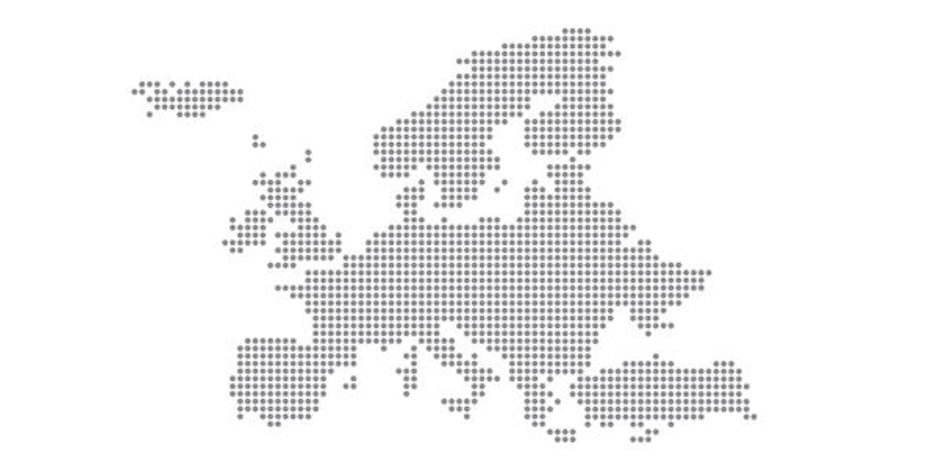Smartphones have become the device of choice for accessing sites, services and applications across Europe mobile traffic, according to Adobe Analytics Cloud.
The company talked to over 1,000 consumers across France, Germany, the Netherlands, Sweden and the UK about what devices they use and how they use them.
The data seems to confirm that mobile is representing an ever-growing segment of internet traffic.
For the top 20% of companies using Adobe Experience Cloud, an average of 41% of web traffic came from smartphones in 2016. This is up from 32% the previous year.
In terms of different industries, financial services show the largest growth with 53% of traffic coming from mobile. Media and entertainment follows with 52% and retail comes in third with 46%.
Across the continent, smartphones accounted for 31% of all web visits in 2016, up from 22% in 2015. In the same period desktop traffic fell from 65% to 58%.
Consumers prefer smartphones
57% of respondents reported that their smartphone was their favourite device.
For certain tasks, the tide has well and truly shifted towards mobile domination. 73% of consumers use their phone to check directions, 70% for reading and replying to emails and 65% for social media.
In 2015, 37% of consumers reported doing most of their eCommerce on their phone. In 2016 this had risen to 45%.
“From checking their bank balances to their inboxes, smartphones are now the go-to device. Best of the Best brands are starting to take the lion’s share of mobile web traffic, but there’s more progress to be made.
“Brands should look to the financial services and retail industries, where the balance has been tipped, and embody their investment in building engaging, compelling mobile experiences”, David Burnand, Enterprise Marketing Director, Adobe EMEA commented.
But…sometimes a desktop is easier
While mobile is most definitely the preferred method for the majority of European consumers, there is a clear disconnect between what they want and what they currently get.
64% of respondents say that mobile browsing is worse than desktop, with 55% saying they have to switch to a desktop or tablet to complete certain tasks.
For marketers, the report found that average time spent on mobile sites feel from 6.1 seconds in 2015 to 5.9 in 2016. In fact, desktop to have a higher rate of ‘stickiness’ (the amount of traffic that stays and engages) at 46% then smartphones (34%).
So what is causing people to leave sites before engaging? Slow experiences (47%), small screens (40%) and poor website design (37%) were the most cited factors.
“If the mobile experience doesn’t stack up, consumers will switch to a desktop site, or a competitor that offers a better experience,” continues Burnand.
“The experience must be fluid across devices; consumers don’t want to know a brand one way on mobile and in another on desktop. They want a unified experience, and they want brands to have a singular view of them too.”
Source: www.marketingtechnews.net
